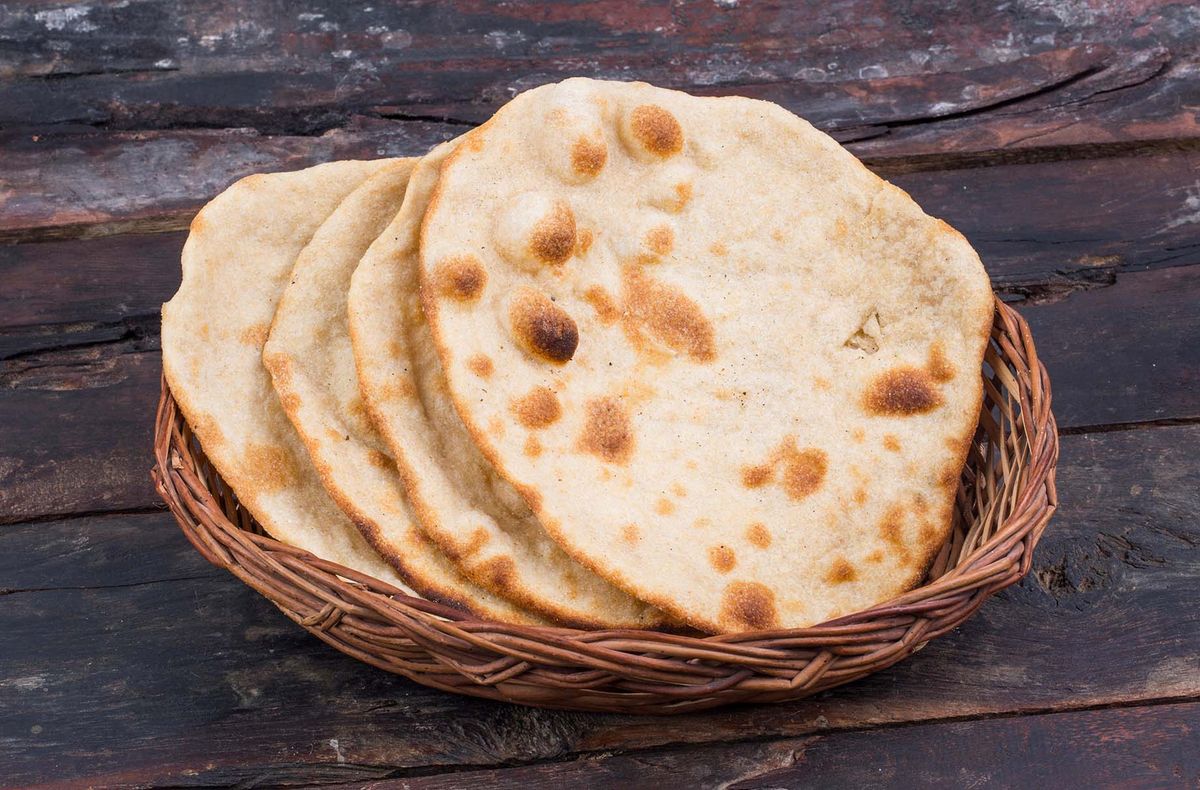How to Enjoy Matzah: A Guide to Making the Most of this Traditional Food
Matzah, also known as unleavened bread, is a staple food in Jewish cuisine, especially during the Passover holiday. This simple and versatile food has been enjoyed for centuries and holds a special place in Jewish tradition. Whether you’re a seasoned matzah eater or trying it for the first time, here are some tips on how to eat and enjoy matzah to the fullest.
1. Incorporate Matzah into Your Meals
Matzah can be used in a variety of dishes, making it a versatile ingredient for any meal. Here are some creative ways to incorporate matzah into your daily meals:
- Spread a layer of butter or cream cheese on matzah for a simple and satisfying snack.
- Use matzah as a base for pizza by adding sauce, cheese, and your favorite toppings.
- Create a delicious matzah brei by soaking matzah in beaten eggs and frying until golden brown.
- Crush matzah into small pieces and use it as a crunchy topping for salads or soups.
2. Pair Matzah with Tasty Spreads and Toppings
Enhance the flavor of matzah by pairing it with a variety of spreads and toppings. Here are some delicious combinations to try:
- Charoset: A sweet mixture of chopped apples, nuts, and wine, traditionally eaten during Passover.
- Hummus: A creamy dip made from chickpeas, tahini, and olive oil.
- Tuna salad: A classic filling for matzah sandwiches, made with canned tuna, mayonnaise, and diced vegetables.
- Chocolate spread: Indulge your sweet tooth by spreading chocolate hazelnut spread on matzah.
3. Explore Traditional Matzah Recipes
Discover the rich culinary heritage of matzah by exploring traditional recipes that have been passed down through generations. Here are a few classic matzah dishes to try:
- Matzah ball soup: A comforting soup made with matzah meal dumplings, served in a flavorful broth.
- Matzah kugel: A baked pudding-like dish made with matzah, eggs, and sweet or savory ingredients.
- Matzah lasagna: A unique twist on the Italian favorite, using matzah instead of pasta sheets.
4. Get Creative with Matzah Desserts
Matzah can also be used to create delicious desserts that are perfect for the Passover holiday. Try these sweet treats made with matzah:
- Matzah toffee: A crunchy and sweet confection made by topping matzah with caramel and chocolate.
- Matzah bark: Melted chocolate and a variety of toppings spread over matzah for a decadent dessert.
- Matzah pudding: A creamy and indulgent dessert made with layers of matzah, custard, and fruit.
5. Enjoy Matzah with Meaning
While savoring the flavors of matzah, take a moment to reflect on the significance of this humble food. Matzah is a symbol of humility and the haste with which the Israelites fled Egypt during the Exodus. By incorporating matzah into your meals and savoring its taste, you are connecting with a tradition that spans generations.
Whether you enjoy matzah in its simplest form or get creative with new recipes, this versatile food is a meaningful and delicious addition to any meal, especially during the Passover holiday.
So, go ahead and embrace the tradition of matzah, and savor every bite with joy and gratitude.

